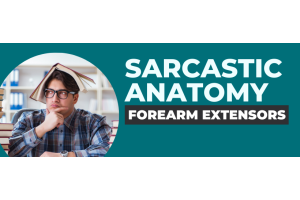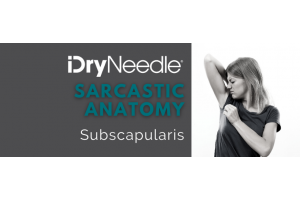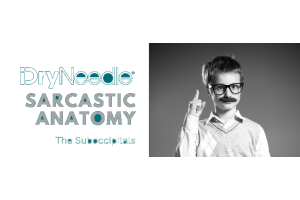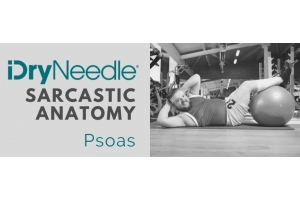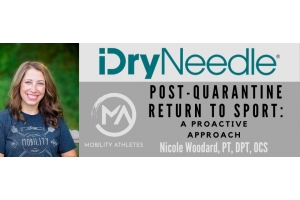

The “turf” battle between Acupuncturists and Physical Therapists has waged with ever increasing attention, media coverage and cost. But who really benefits, and more importantly, who suffers? This most recent article (Is dry needling a safe acupuncture replacement, or a shortcut around years of essential training?)is a great example of how the media loves to stir the pot, making obvious the fact that their goal isRATINGS.This battle over a tool, the Solid Fine Filament Needle, has been waging for the last 10+ years with enormous costs of finance, time and resources to both the acupuncturists and physical therapists. We are taught in our professional education to, “Do no harm”. With ever increasing training, skills and techniques that physical therapists employ (many with a potential for adverse effects) to better eliminate functional impairments, pain, and barriers to healing, if we are not able to apply these techniques in our patient management, aren’t we also doing harm? Isn’t withholding effective care another example of “doing harm”?
A recent survey of physical therapy patients treated with dry needling had some very interesting preliminary data. It indicated that for those patients who received dry needling as part of their physical therapy treatment, greater than 79% had a reduction in medication use for pain and functional limitations, and 25% stopped taking pain medications altogether.
As Tim Flynn so effectively identified the significant issues that our medical profession continues to propagate (Keep the Wolves & Opioids Away), we see a continued release of information that should motivate us to fight for all professions to use tools to help patients in pain. The statistics are staggering.
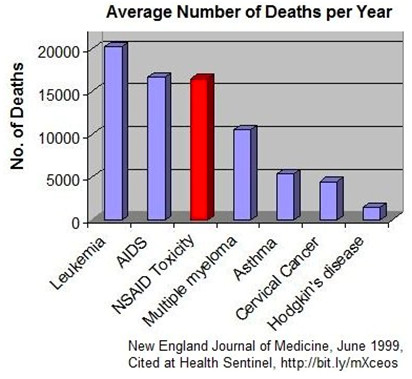
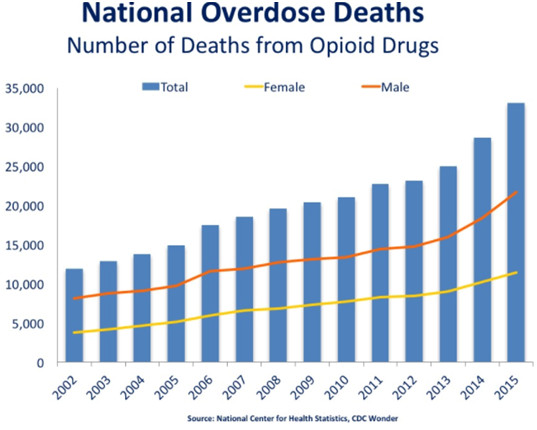
Pain “management” is a huge industry. Opioids and surgery are the answer being marketed by “Big Pharma” and the media. We have all heard it: “Are you missing out on life…” and “Less than a one inch incision…” are solutions to solving spinal issues. While medical professions fight over “tools” of their trades, we have patients suffering from unnecessary medications and surgeries.
But consider this: Has the patient been asked what they would like to receive by their respective providers?
We know back pain, as one example, is a huge problem with most Americans suffering from it at one time or another. “Carey and Freburger noted that more than 80 percent of Americans will experience an episode of low back pain at some time in their lives and that total costs of the condition are estimated at greater than $100 billion annually, with two-thirds of that due to decreased wages and productivity.”
The issue shouldn’t be whether there is enough business for all medical providers to develop their niche in treating patients, but whether the patient is given the access to the care they need, want to try, or have found really works for them.
If the patient doesn’t know what is available for treatment, of course the commercials for medication and surgery will seem like the answer.
But, rather than continue this battle for “tools” of the trade, we should be educating, supporting and progressing non-pharmaceutical and non-surgical means of treatment and working together to determine proper cross referral strategies and support.

